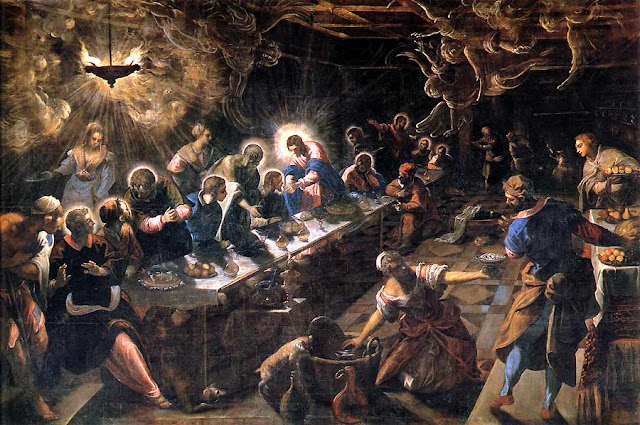Third year CATF student Jenny Rands gives an account of her work experience..
What on earth are you doing in that photo??
The photograph was taken at Robert Allsopps' Workshop (this picture sums up what work experience is all about....you are ask to do the most weird and wonderful things!) The photo shows myself trying on a Crocodile costume which had come back to the workshop for alterations....they needed someone to put it on to see the problem...I was apparently the right size for it....
Where are you/have you been working?
I'm currently working at the Royal Opera House (in Covent Garden) as a Front of House usher. Since January 2011 I have worked at the Royal National Theatre (within the Paint Frame), within the Props Departments at the Royal Opera House, Glyndebourne and with the English National Opera, smaller companies I've worked for have been Robert Allsopps and Associates (Costume Props Company), Russell Beck Studio (Props / Scenic company for Theatre / Exhibitions etc), Factory Settings (Set Construction Company) and at the Bob and Tamar Manoukian Production Workshop (The Royal Opera House's new production workshop based in Purfleet, Essex).
How long were you there?
Take the English National Opera for example... My first encounter with them was on the 31st January 2011. I completed 4 weeks work experience with them. I then went onto work for various other companies (Robert Allsopps, The National Theatre and the ROH) I decided to ask to go back in May....so I was surrounded by the world of ENO props for another month. After this I was told to sort out my tax reference number as they were going to employ me! Unfortunately summer was very quiet but I went back in October to work on the production of Eugene Onegin.
What productions did you work on?
[In addition to all the other placements], throughout my time with the English National Opera I have worked on producing and maintaining props for their Opera productions - Lucrezia Borgia, Parsifal, The Mikado, Return of Ulysses, The Damnation of Faust, A Midsummer Night's Dream, Simon Boccanegra, Two Boys (all within the 2010/2011 season) and Eugene Onegin (an opera within the 2011/2012 season).
What kind of things did you do?
There were a variety of projects ("no two days were the same"). Techniques within the projects to produce a numerous amount of props would be welding, upholstering, different painting techniques, moulding, casting, vacuum forming...seriously the list goes on.....
What did you get out of it?
Invaluable experience, new skills and techniques used in the industry that would not necessarily be introduced within the University environment and contacts :)
What you think of the work placement aspect of doing the course?
It is the best aspect since sliced bread. There's nothing more important then getting a taste of the 'real world'. You could be an amazing sculptor, welder, painter or glue sticker but if you stay in the safe surroundings of University nobody will know how amazing you are. The saying it's not what you know, it's who you know...is an alarming but very true saying within the Creative industry today. So my advice would be to get out there as much as you can until the tax man comes knocking!!
And it sounds like the tax man will soon be knocking. Being offered work by the English National Opera on the basis of Jenny's performance on work placement bodes very well for UCA's Creative Arts for Theatre and Film graduates!





















